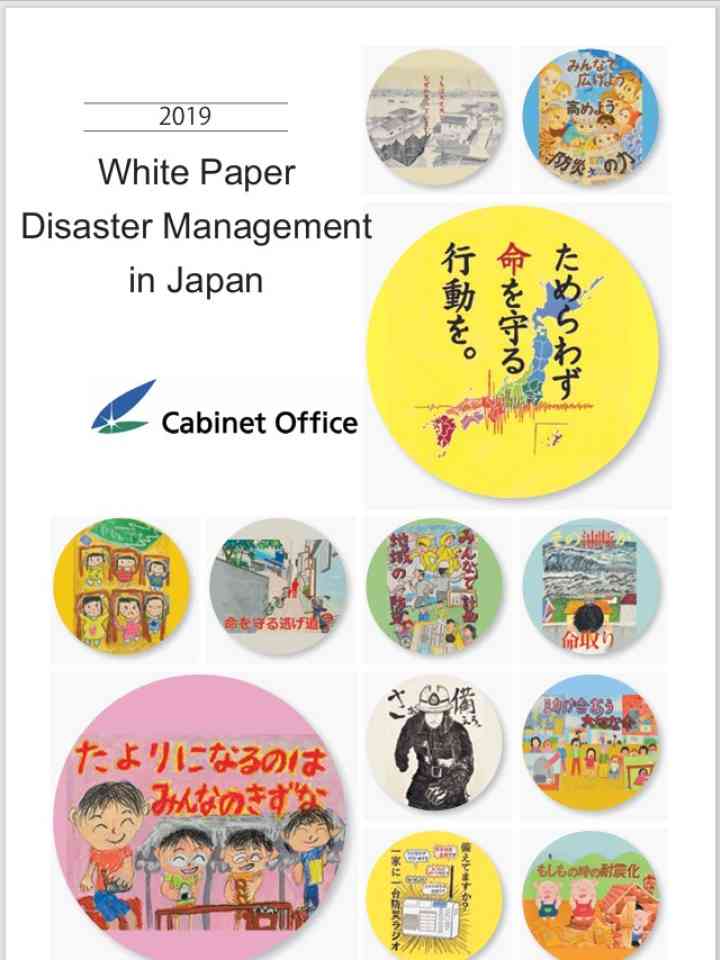In 2018, many disasters occurred consecutively in various parts of Japan, including earthquakes, heavy rains, and typhoons. In particular, the earthquake that hit the northern part of Osaka Prefecture on June 18, the Heavy Rain Event of July 2018 centered on West Japan starting June 28, Typhoons Jebi (1821) and Trami (1824), and the earthquake that stroke the eastern Iburi region, Hokkaido Prefecture on September 6 caused damage to a wide area throughout Japan. The damage from the disaster was further extended due to other disaster that occurred subsequently in the same areas. The consecutive occurrence of major disasters highlighted the importance of disaster prevention, disaster mitigation, and building national resilience, which will lead to preparing for natural disasters and protecting people's lives and assets. In order to continue to maintain and improve Japan's DRR measures into the future, it is necessary to build a "disaster conscious society" where each member of society has an awareness and a sense of responsibility for protecting their own life.
The "Special Feature" of the Reiwa Era's first White Paper on Disaster Management covers major disasters that occurred during the last year of the Heisei era. Chapter 1, Section 1 gives an overview of those that caused especially extensive damage among a series of major disasters that occurred in 2018, while also looking back at response measures taken by the government. Chapter 1, Section 2 and Chapter 2 discuss the outline of disaster prevention and mitigation measures and national resilience initiatives that the government as a whole will promote over the next years based on the lessons learned from the major disasters in 2018. Chapter 3 covers a Nankai Trough Megathrust Earthquake, the largest expected disaster in Japan, explaining the steps being taken by the government and preparedness measures to be implemented in the future.
Explore further
